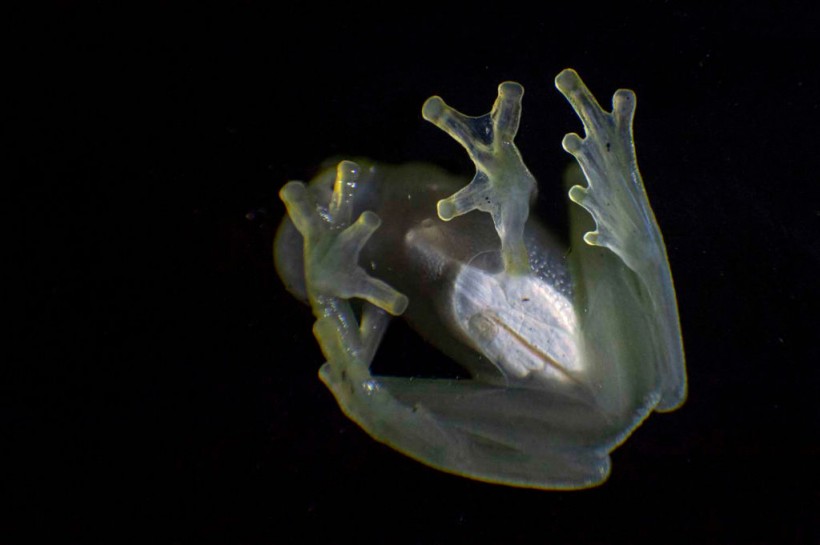Some animals are uniquely transparent and see-through, making them stand out in the animal kingdom.
Transparent Animals
Pacific Barreleye Fish
The first footage of the Pacific barreleye was captured in 2004, when a ROV (remotely operated vehicle) explored through depths of 600 meters off the California coast. Previously, these deep sea fishes with googly eyes were only spotted dead. Such specimens lost nearly all of their transparent hoots.
The footage allowed scientists to discover that the tubular and telescopic eyes of the fish were capable of swiveling beneath their protective visor, allowing them to peer up, down, or forward.
ALSO READ: Most Voracious Animals: What Species on Earth Eat the Most Food?
Glass Frogs
Glass frogs inhabit Central and South America's humid cloud forests. They largely depend on a unique camouflage form, wherein they go bare almost entirely. Because of their see-through skin, one may get to see their blood vessels, digestive tract, bones, and even their beating hearts.
A study showed that the secret behind their unique camouflage lies in their legs, being their most transparent part. As they blend in, the phantom limbs help in hiding the freakish frogs' true outline.
Glasswing Butterfly
Glasswing butterflies, commonly known as espejitos, have wings that hardly reflect any light. This is due to how their clear portions do not have scales and also possess tiny structures known as nanopillars. These are arranged randomly across the wing surface for them to become an anti-reflective coating. Such an adaptation makes it more difficult for predators to detect the butterfly, though this has not been definitively proven.
Sea Walnut
Sea walnuts are super-fragile creatures that consist of 97% water. With their lack of a single decision-making structure, these creatures have a decentralized neural system called a nerve net.
Sea walnuts are among the countless transparent animals that move through the oceans' surface waters with octopuses, comb jellies, and marine worms, among others. Similar to other comb jellies, these creatures move forward with hair-like and long threads known as combs. When artificial light or flashes are shown over them, they end up pulsating with rainbow colors that make it similar to an underwater later show.
Ghost Shrimp
Several shrimps across the world have exoskeletons with varying extents of transparency. In these aquatic ecosystems, transparency becomes quite an effective vanishing act for these crustaceans. This feature allows them to become one with their background, regardless of whether this is a reef, seabed, or open water.
Transparency is quite straightforward among shrimps and other certain aquatic species. This is due to the high water refractive index, which is incredibly higher compared to that of air. It is also quite close to the exoskeleton and other tissues of the animals.
There is minimal or no difference when it comes to how light moves through their bodies or through water. Because of this, they can disappear.
Tortoise Beetles
These creatures hide in plain sight. There are some that match the color of their elytra, which is their pair of tough wing-cases, to host plants.
In certain species, such as that of the Acromis sparsa, they have totally transparent edges. Such areas lack pigment, allowing the leaf below to become visible and hiding the telltale shape of the insect.
RELATED ARTICLE: World's Most Solitary Animals: Top 5 Species Which Travel and Live Alone
Check out more news and information on Animals in Science Times.



![Some Brain-Injured Patients Who Died After Life Support Was Withdrawn May Have Survived, Recovered Some Level of Independence 6 Months After Injury [Study]](https://1721181113.rsc.cdn77.org/data/thumbs/full/53613/89/56/50/40/some-brain-injured-patients-who-died-after-life-support-was-withdrawn-may-have-survived-recovered-some-level-of-independence-6-months-after-injury-study.jpg)











